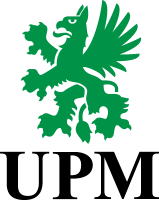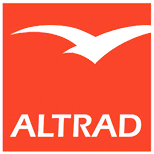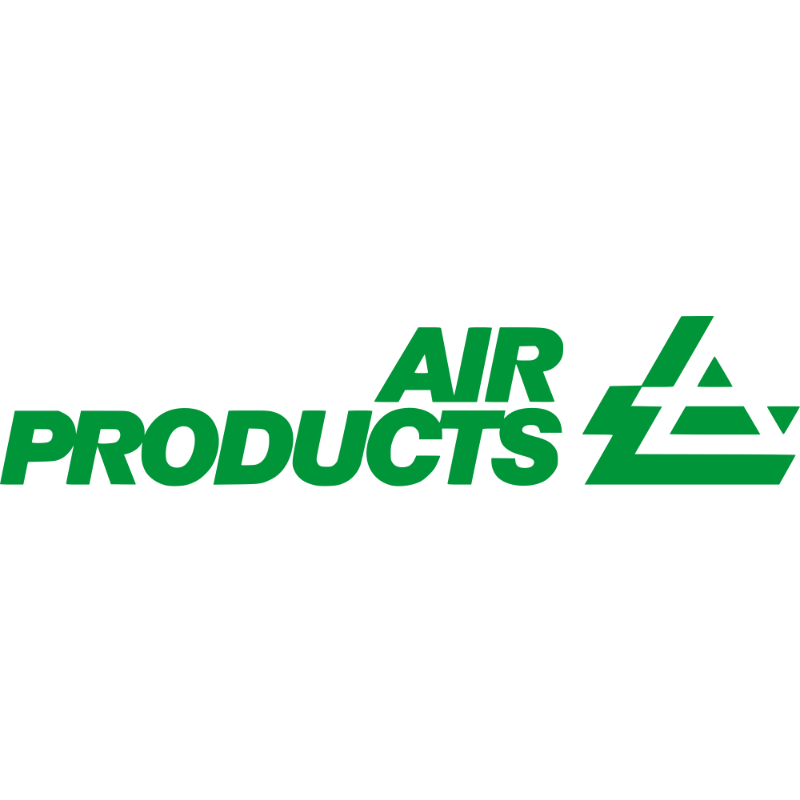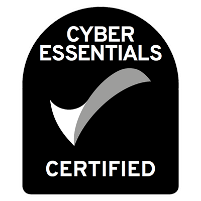
From Paper to Pixels: Digitally Transforming Health & Safety in Industrial Sectors
How can industries ensure the highest standards of health and safety in a rapidly digitising world? The answer lies in innovative, forward-thinking solutions like permit to work software.
The industrial sector has traditionally relied on paper-based processes for health and safety (H&S) management. However, with the rise of digital transformation, there has been a significant shift towards digital solutions that streamline compliance and safety processes, making operations safer, more efficient, and more reliable.
By embracing electronic permit to work solutions, industries not only streamline their operations but also enhance safety measures, paving the way for a future where digital solutions safeguard our workplaces.
Evolution of Health & Safety Protocols
The traditional reliance on paper-based systems for issuing permits, conducting risk assessments, and managing compliance in industrial settings has long been a valuable but cumbersome and inefficient process. An average maintenance project might require over 100 permits daily, resulting in more than 36,500 documents annually. This volume not only results in administrative overheads and the potential for errors but also poses environmental concerns due to excessive printing, retention, and storage requirements for compliance documentation.
In contrast, digital solutions like iPermit provide a streamlined approach, for the tracking, and management of permits and the associated safety records while eradicating the need to retain physical records. With digital systems, all relevant permit to work documentation, including permits, drawings, and reports, are stored in a cloud-based environment, making retrieval for audits much quicker and more efficient.
The Role of Technology in Enhancing Safety Practices
- Increased Efficiency: Digital permitting solutions significantly reduce the time teams spend on paperwork, allowing them to focus more on core tasks. For instance, IAMTech's digital permit to work software eliminates errors like illegible handwriting or incorrect data entry, leading to clearer communication and fewer administrative delays.
- Enhanced Safety: Digital systems improve safety workflow by ensuring protocols are followed and reducing the risk of human error. Automated processes reinforce safety measures, ensuring that mandatory fields and approvals are completed correctly. This reduces the likelihood of accidents and ensures that risk assessments are conducted more effectively.
- Real-Time Notifications and Updates: Digital platforms keep all stakeholders informed via email and notifications, speeding up the permitting process while ensuring no crucial step or authorisation is overlooked. This enhanced communication helps answer questions like "what work is taking place on-site now?" and "what's scheduled for the next shift?" in an instant.
- Improved Compliance and Auditing: A major challenge of paper-based systems is maintaining a complete and trackable audit trail. Digital solutions provide a fully trackable audit trail, ensuring compliance with industry standards. For example, iPermit assists in adhering to HSG250 and HSG253 by properly documenting permit to work activities and identifying foreseeable risks before any work commences.
Overcoming Challenges in Digital Transformation
Adopting digital systems comes with its own set of challenges, such as the need for training and potential resistance to change. However, well-designed digital platforms are intuitive and can be tailored to mimic existing processes, reducing the learning curve for employees. Providers like IAMTech offer comprehensive implementation, hyper care, and ongoing support to help organisations transition smoothly. In the case of iPermit they can have you up and running in a matter of weeks.
Real-World Impact of Digital Transformation
Many industrial organisations report significant improvements in safety outcomes, compliance accuracy, and operational efficiency after implementing digital solutions. Permit to work software solutions, such as iPermit, have been credited with reducing paperwork, cutting down administrative overheads, and improving response times during audits. A customer succinctly stated, "Digital solutions save us time and money, so let's get on with it!”.
Future Trends in Industrial Safety Digitalisation
Digital transformation is reshaping the industrial health and safety landscape by providing real-time, accurate, and accessible data. While transitioning from paper to pixels might seem daunting, the
benefits—ranging from enhanced safety protocols to streamlined compliance processes—are undeniable. As more organisations embrace these digital solutions, it’s clear that the future of industrial health and safety lies in leveraging technology to create safer, more efficient workplaces by allowing teams to spend more time focused on ensuring compliance and control and less on administration.
To explore more about the impact of digital solutions like permit to work software and how they can enhance health and safety in your organisation, you can find further information on IAMTech's website.




































